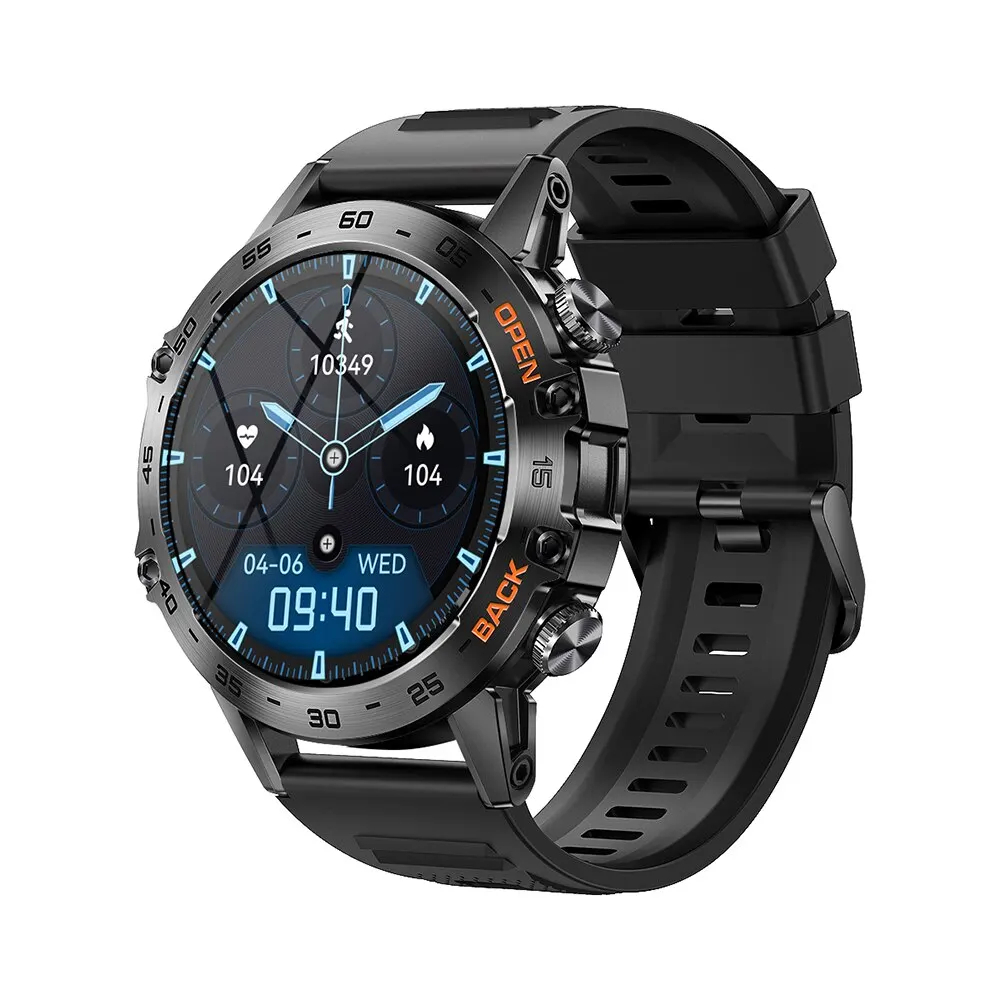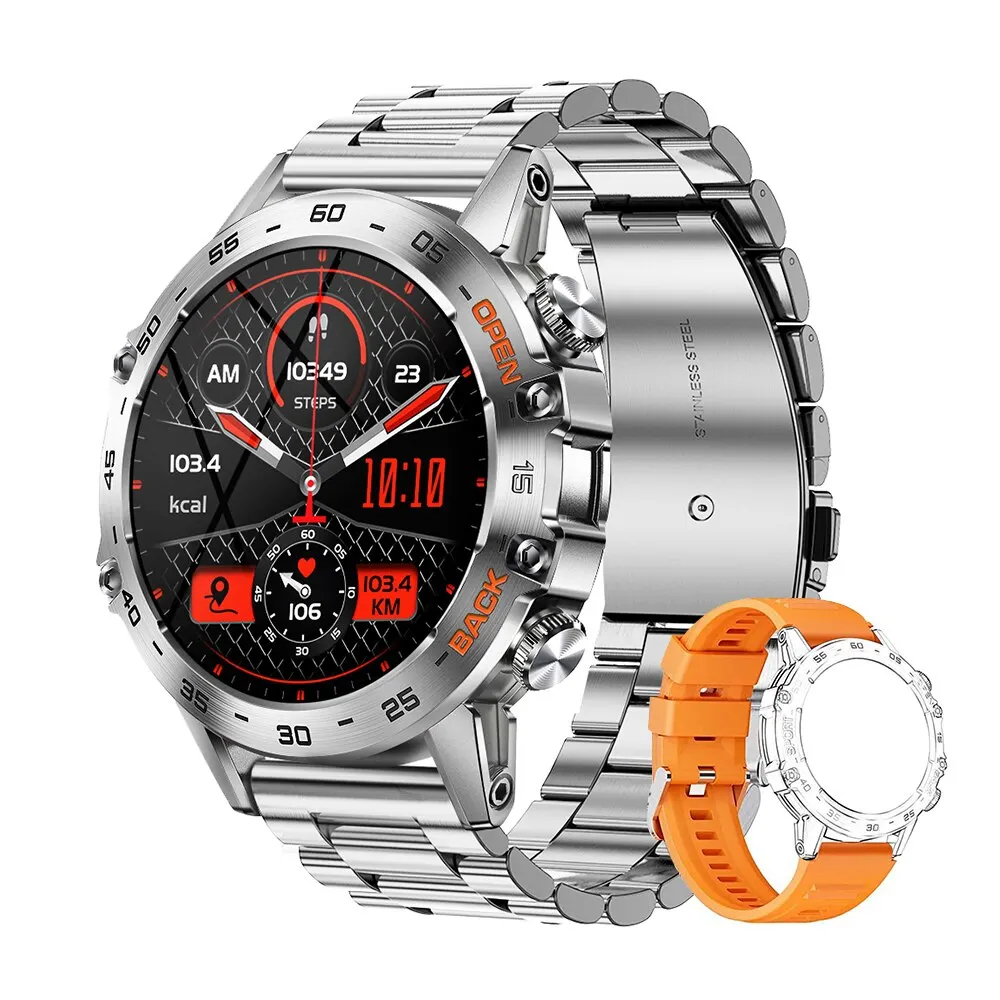Introduction: Unraveling the Mastery of Precision Timekeeping
In the realm of horology, precision watches stand as the epitome of craftsmanship and technological mastery. These timepieces, meticulously crafted with precision engineering and intricate movements, not only serve as functional accessories but also as symbols of status, heritage, and elegance. In this comprehensive guide, we delve into the fascinating world of precision watches, exploring their history, mechanics, craftsmanship, and the timeless allure that continues to captivate enthusiasts worldwide.

Chapter 1: The Evolution of Precision Timekeeping
From Sundials to Atomic Clocks: Tracing the Origins of Precision
The journey of precision timekeeping begins thousands of years ago, with the invention of sundials by ancient civilizations to measure the passage of time using the sun’s position. Over centuries, mechanical clocks and pocket watches emerged, driven by advances in metallurgy, engineering, and mathematics. The quest for greater accuracy led to innovations such as the pendulum clock by Christiaan Huygens in the 17th century and John Harrison’s marine chronometer in the 18th century, revolutionizing navigation and establishing new standards of precision.
Birth of the Wristwatch: Blending Fashion with Functionality
In the late 19th century, the wristwatch emerged as a practical accessory for soldiers and aviators, providing convenient access to timekeeping during military operations and aviation missions. Brands like Rolex, Omega, and Patek Philippe played pivotal roles in popularizing wristwatches, combining precision movements with elegant designs to appeal to a broader audience beyond utilitarian purposes.

Chapter 2: The Heart of Precision Watches: Mechanics and Movements
Exploring Mechanical Marvels: Anatomy of a Precision Movement
At the core of every precision watch lies its mechanical movement, a symphony of gears, springs, and escapements orchestrated to keep time with remarkable accuracy. Traditional mechanical movements, powered by mainsprings and regulated by balance wheels, embody centuries of horological expertise and craftsmanship. From hand-wound calibers to automatic movements with self-winding rotors, each mechanism reflects the ingenuity and artistry of its creators.
Embracing Innovation: The Rise of Quartz and Beyond
In the 20th century, the advent of quartz technology revolutionized the watch industry, introducing unprecedented levels of accuracy and reliability. Quartz movements, driven by battery-powered oscillators, surpassed their mechanical counterparts in precision and affordability, leading to the Quartz Crisis that reshaped the market dynamics. Despite the dominance of quartz watches, mechanical timepieces persisted as symbols of luxury and tradition, cherished by collectors and connoisseurs for their craftsmanship and heritage.
Chapter 3: Precision in Practice: Testing and Certification
Pursuit of Perfection: Standards and Certifications for Precision Watches
In the pursuit of accuracy, watchmakers subject their timepieces to rigorous testing and certification processes to ensure they meet the highest standards of precision. Organizations like the Contrôle Officiel Suisse des Chronomètres (COSC) in Switzerland and the Official Swiss Chronometer Testing Institute (COSC) in Germany evaluate movements based on criteria such as rate deviation, temperature variation, and positional accuracy, certifying only those that demonstrate exceptional performance as chronometers.
Chronometer vs. Chronograph: Understanding the Distinction
While the terms “chronometer” and “chronograph” are often used interchangeably, they refer to distinct features of precision watches. A chronometer is a timepiece that meets strict standards of accuracy set by official certification bodies, whereas a chronograph is a watch equipped with additional stopwatch functionality, allowing users to measure elapsed time with precision. Both serve unique purposes in horology, combining precision engineering with practical utility for different contexts and preferences.

Chapter 4: The Artistry of Precision Watches: Craftsmanship and Design
Beyond Mechanics: The Aesthetic Appeal of Precision Timepieces
While functionality is paramount in precision watches, aesthetics play a significant role in their allure and desirability. From classic designs inspired by heritage models to avant-garde creations pushing the boundaries of innovation, every precision watch reflects the artistic vision of its creators. Elements such as case materials, dial layouts, and complications contribute to the character and identity of each timepiece, inviting admiration and appreciation from aficionados and collectors alike.
The Human Touch: Handcrafted Excellence in Horology
In an age of mass production and automation, the art of handcrafting precision watches endures as a testament to human skill and dedication. Master watchmakers, trained in centuries-old techniques and traditions, imbue each timepiece with a sense of character and individuality through meticulous assembly, adjustment, and decoration. From hand-polished surfaces to intricately engraved movements, these artisanal touches elevate precision watches from mere instruments of timekeeping to objects of beauty and heritage.

Chapter 5: Precision Watches in the Digital Age: Balancing Tradition and Innovation
In an increasingly digital world, precision watches face new challenges and opportunities in maintaining relevance and appeal to modern consumers. Smartwatches and wearable technology offer convenience and connectivity unmatched by traditional timepieces, posing a formidable challenge to the centuries-old craft of horology. However, the enduring allure of precision watches lies in their tangible craftsmanship, timeless elegance, and emotional resonance, transcending mere utility to evoke a sense of heritage, luxury, and personal expression.
Bridging Tradition with Technology: The Future of Precision Watches
As technology continues to evolve, the future of precision watches lies in embracing innovation while preserving traditional craftsmanship and values. Hybrid watches, blending mechanical movements with smart features, offer a seamless integration of tradition and technology, catering to diverse preferences and lifestyles. At the same time, advancements in materials, manufacturing techniques, and precision engineering push the boundaries of what is possible in horology, ensuring that precision watches remain relevant and revered for generations to come.
Chapter 6: Collecting and Caring for Precision Timepieces
The Art of Collecting: Building a Timeless Legacy
For enthusiasts and collectors, precision watches represent more than just functional accessories; they embody a passion for horology and a connection to history, heritage, and craftsmanship. Building a collection requires careful consideration of factors such as brand reputation, rarity, condition, and provenance, as well as personal preferences and investment goals. Whether focusing on vintage classics, modern marvels, or niche specialties, collectors find fulfillment in curating unique and diverse portfolios that reflect their tastes, interests, and aspirations.
Preserving the Past: Maintenance and Restoration
To ensure the longevity and performance of precision watches, proper maintenance and care are essential. Regular servicing by qualified watchmakers helps prevent mechanical wear and tear, prolonging the lifespan of movements and preserving their accuracy and reliability. In cases of vintage or antique timepieces, restoration may be necessary to address age-related issues and restore their original beauty and functionality. Through meticulous attention to detail and respect for tradition, watch enthusiasts safeguard the legacy of precision watches for future generations to cherish and enjoy.

Conclusion: The Enduring Legacy of Precision Watches
In conclusion, precision watches stand as timeless symbols of craftsmanship, innovation, and artistry, embodying centuries of human ingenuity and passion for excellence. From the intricate mechanisms within to the elegant designs without, these timepieces transcend mere instruments of timekeeping to become cherished heirlooms, cultural icons, and personal statements of style and sophistication. Whether powered by traditional mechanics or infused with cutting-edge technology, precision watches continue to captivate and inspire, reminding us of the enduring allure of mastering time in an ever-changing world.